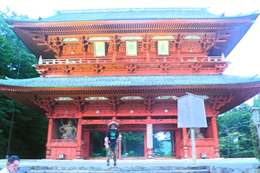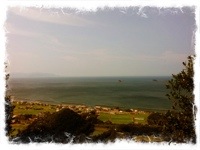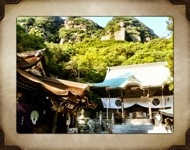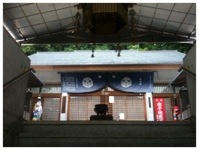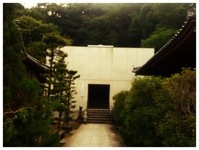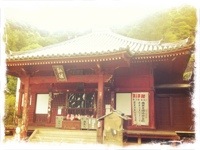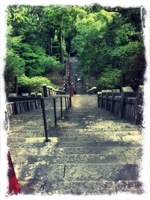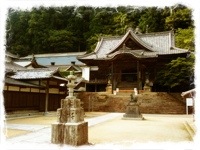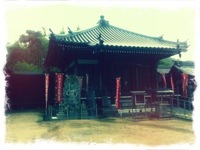I’m back, back in Koyasan, back home. It’s been a long time, more than tow month I was on th road, walking from one place to the next one, uphill, downhill, on roads, through woods, along rivers and creeks. It has been a time for being with myself out in constant changing environment and now I’m back.
The last days
It was quite easy, no big climbs anymore, no steep ways downhill, just walking. After I arrived at Ōkuboji (#88), I decided to close the circel and go back to Ryōzenji (#1) to tell thank you to my friend Kinoshita San. She was very busy, so I decided to take a day off, hoping she’ll have more time the next day, but she didn’t. Anyway there wee also 3 friends there from Naruto and one of them has done Tokudo at Muryokoin 2 years ago. Together we visited the Namaste Guesthouse in Naruto and I stayed at thier place over night. I also used the opportunity to wash my cloth the last time during this journey.
The next day it became really hot and I walked to Tokushima to catch the ferry for Wakayama. I had to wait a while, time for eating and resting a bit. The ferry takes roughly 2 hours to Wakayama, so I still had a bit time to walk a little more. The heat continued the next 2 days, actually it’s still hot even up here in Koyasan. The last evening before goign up to koyasan, I went to a local place to eat something. First the guy told me he has only beer, nothing to eat, on the end I got Kani (Crab) and Sushis. I had a nice talk with people there, on the end I additional received 1000¥, the last osettai during this journey.
All the sudden, surprinsgly I was standing in front of Diamon, the big gate. I expected a lot of stairs – I remembered it wrong. It was easy the last part. Of course I was sweating, everything was wet 😀
Yesterday I still went to Okunoin, today back at he temple for morning ceremony and coffee later.
What’s next?
Well good question. I plan to write a book about this journey, but also need to make some money now. So first I’ll start to clean out the place here a bit and get reorganized. Still a lot of things, which were cooking up are not yet in place and still need some more reflection.
All in all it was worth the effort, it changed my view a bit I think, the way I think about different things and hopefully also the way how I deal with people.
I received so much friendliness during this journey, uncondtionally, just like that and I’m most greatful for that. I also was often thinking on my teachers, on Habukawa and Hashimoto Sensei specially and I want to say I big thank you to everyone, who directly or indirectly supported hepled me to make this possible.
